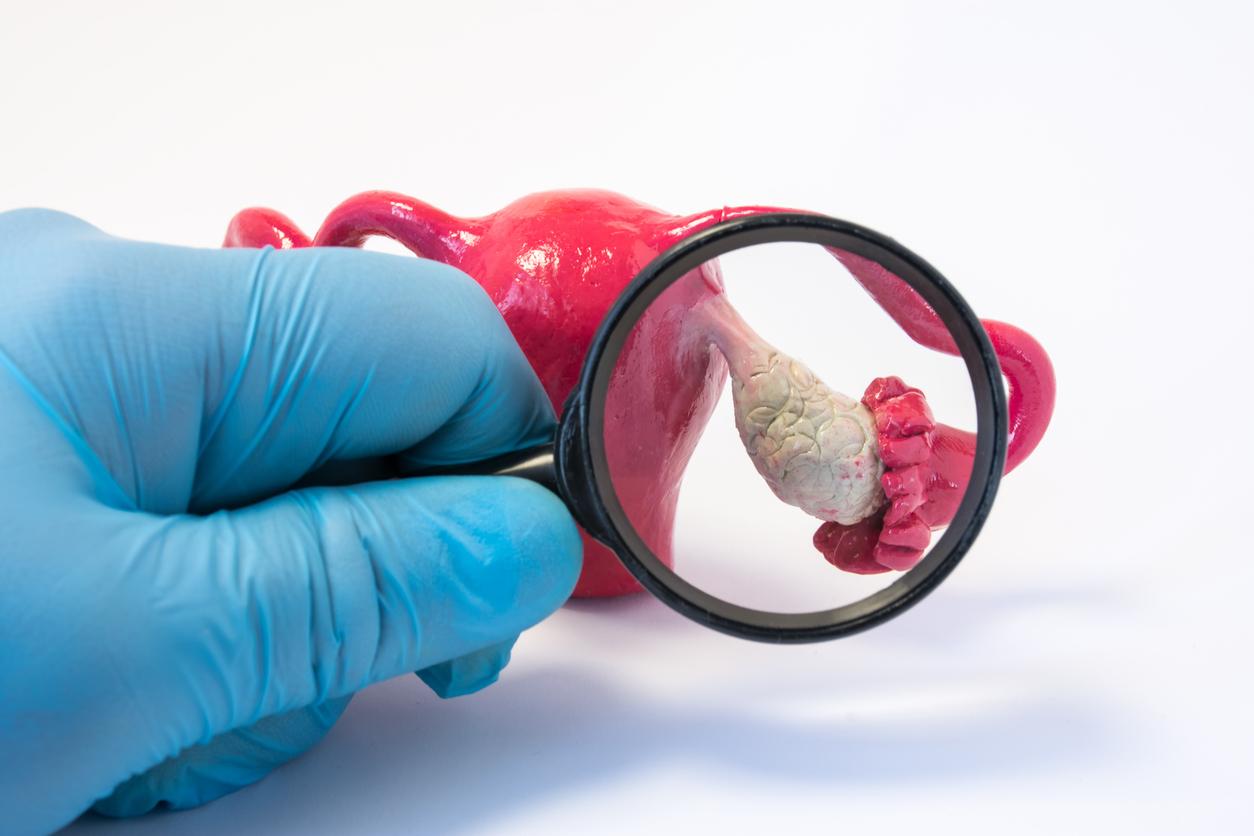
May 11, 2011 – Prolonged use of bisphosphonates, commonly prescribed osteoporosis medications to prevent fractures, increases the risk of a “stress fracture” in the femur by 50 times.
This is the conclusion of a Swedish study1, which clearly confirms what several analyzes had suggested since 2007.
The researchers examined the medical records of 12,777 women over the age of 55 who suffered a femoral fracture in 2008. Of these patients, 59 suffered from an “atypical” femoral fracture, also known as a stress fracture. Atypical fractures are distinguished from “classic” femoral fractures by their location and their radiological characteristics.
However, 78% of these 59 patients were following treatment with bisphosphonates (Didronel, Fosamax, Actonel …), against only 10% of women with a “classic” fracture. According to this study, taking bisphosphonates for 2 years increases the risk of an atypical fracture by 10. This risk is multiplied by 50 when the treatment lasts more than 2 years.
However, this type of fracture is very rare. Thus, in 2000 patients treated for 1 year with bisphosphonates, only one atypical femoral fracture is likely to occur. In addition, it is enough to stop the treatment for 1 year for this risk to decrease by 70%.
In people with osteoporosis who are at high risk for disease-related fractures, the authors believe that the benefits of bisphosphonates outweigh their possible side effects, including the risk of atypical fracture.
A recent study2 survey of 205,000 women aged 68 and over came to the same conclusions.
Célia Chabout – PasseportSanté.net
1. Schilcher J, Michaëlsson K, Aspenberg P. Bisphosphonate use and atypical fractures of the femoral shaft, N Engl J Med. 2011 May 5; 364 (18): 1728-37.
2. To learn more, read our new Osteoporosis: Increased risk of fractures with a drug supposed to prevent them.

















